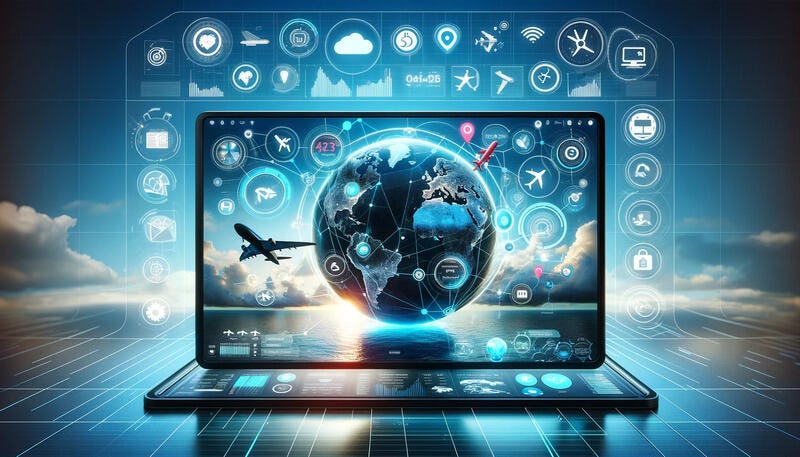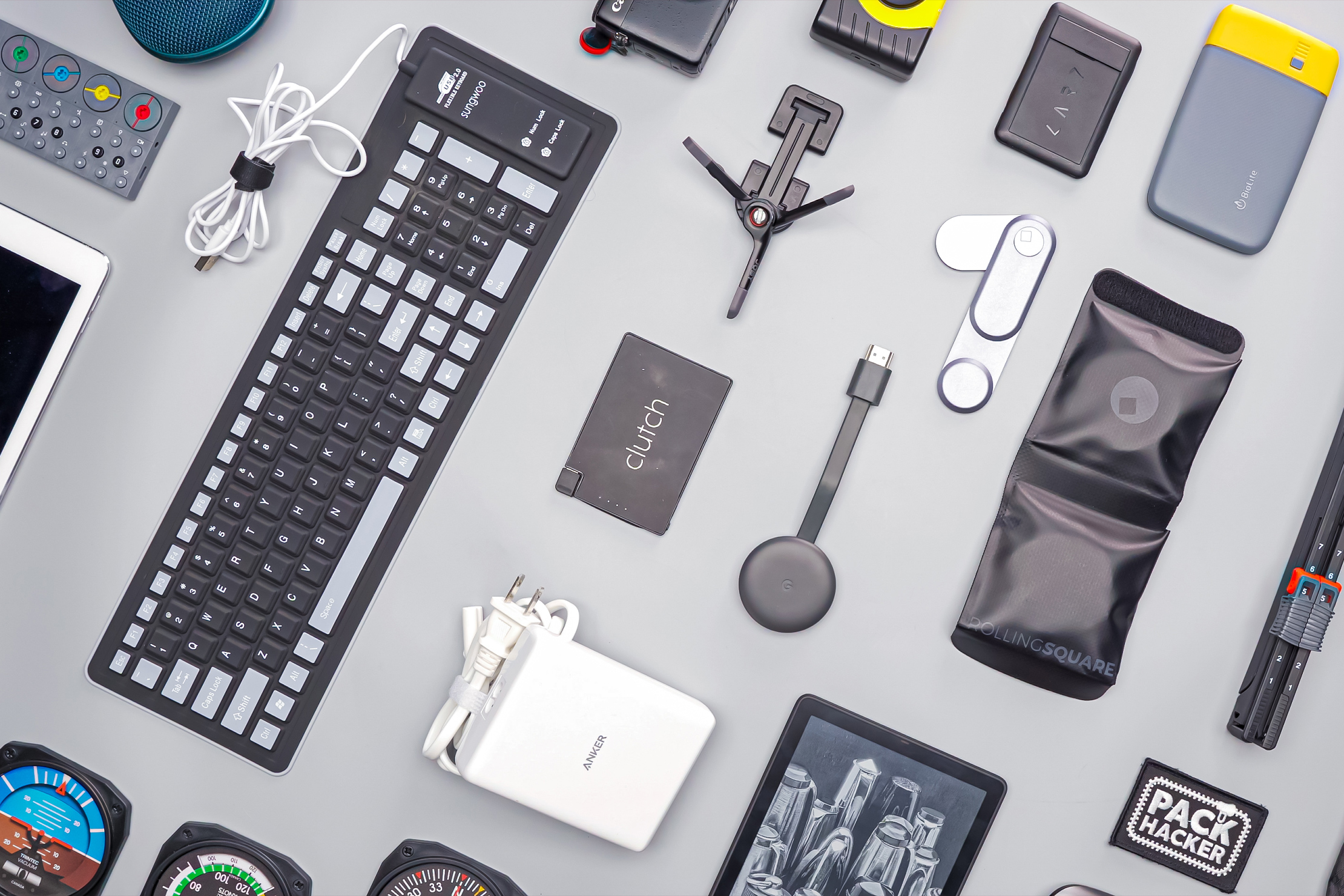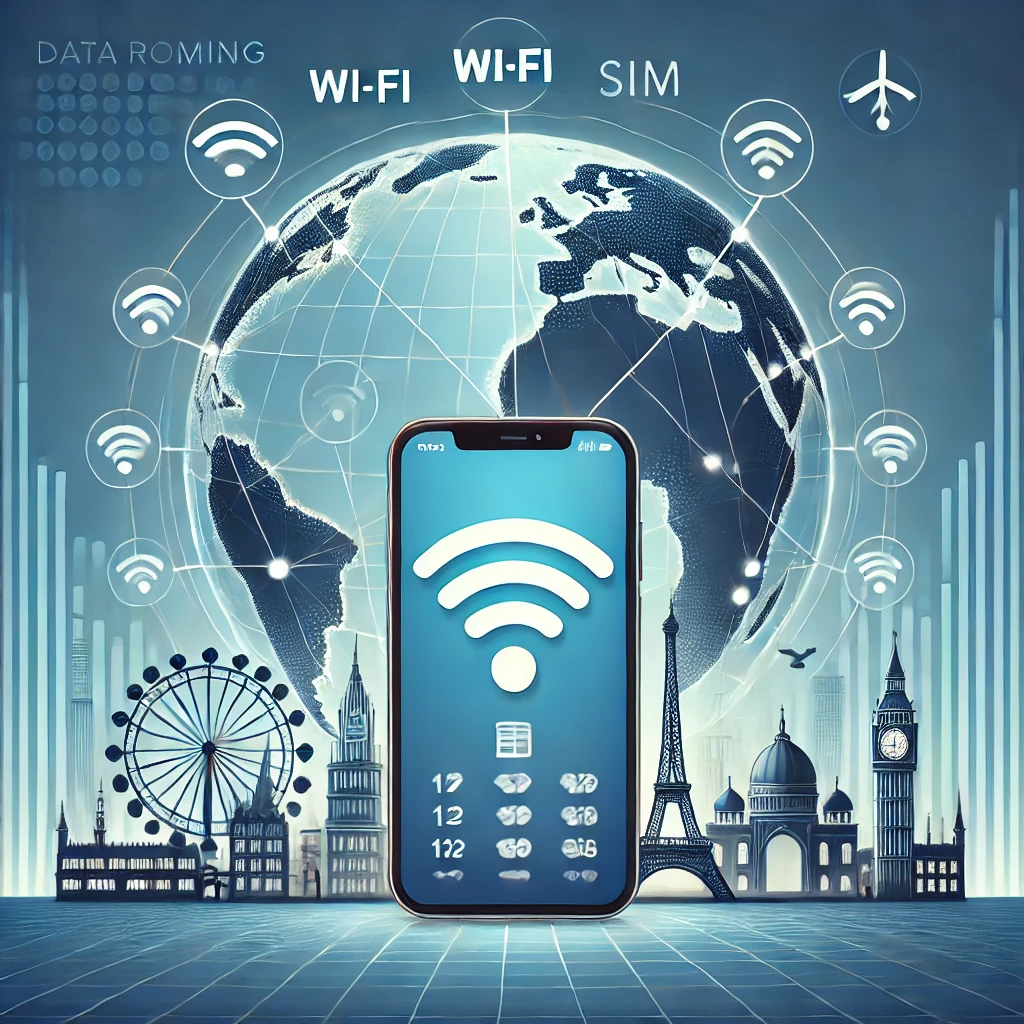
The Ultimate Guide to Traveling with Technology: How to Make the Most of It
Traveling has changed so much over the years, and a big part of that transformation is technology. My mom, for instance, recalls traveling through Europe as a teenager with nothing more than a Eurail pass—just show up at the station, and you’re good to go. Fast forward to today, and most train rides require reservations, with costs piling up if you want an overnight spot. The whole experience has evolved, and technology is the driving force behind these changes.
From planning your trip to sharing photos when you’re back home, technology has made it so much easier to navigate the modern travel world. My wife and I have traveled all over the U.S. and Ecuador, and soon, we’ll be heading to Europe for new adventures. Through our travels, we’ve discovered that while electronics can be a concern, even the smallest use of tech can improve your trip immensely.
That said, it’s still crucial to be cautious when traveling. Whether you’re in your hometown or overseas, always be aware of your surroundings and keep your belongings safe. Now, let’s dive into how you can make your travels smoother with the right tech.
Technology Travel Guide: How to Use Tech to Enhance Your Journey
1. Reservations Made Easy
Gone are the days when you could just show up at a train station or hotel and find a spot. Now, reservations are key to getting the best prices and ensuring availability, especially during peak seasons.
The best way to find the cheapest and most convenient places to stay is to use a mix of platforms. International Youth Hostels, Airbnb, VRBO, and CouchSurfing each have their perks. CouchSurfing, for instance, is free but often requires booking months in advance. It’s more about meeting locals and having a cultural exchange than just getting a free place to sleep.
While hostels used to be the go-to for budget travelers, online booking systems have pushed up their prices, and they can fill up quickly. Airbnb and VRBO are great alternatives where you can rent apartments or houses by the night. This option gives you more privacy and often saves you money, especially if you’re traveling with a group. You can also save more by cooking your meals.
Pro Tip: No matter where you’re staying, make sure to book early. Early reservations give you the best rates and allow you to plan out your trip more accurately. Once booked, organize your confirmation details on your phone using a note-taking app. Don’t just rely on email—also print everything out and store it in a folder for a backup.
2. Photography: Say Goodbye to Film

With the advent of digital cameras and smartphones, photography has come a long way. No more worrying about running out of film rolls—now you can take as many photos as you want, and it costs you nothing extra.
When it comes to taking photos, the big question is whether to use your camera or your phone. While I do have a DSLR for professional shoots, I find that my smartphone does the job for most of my travel photos. My ASUS ZenFone 2 has a 13MP camera, which is more than enough for sharing moments with friends and family.
For professional-grade photos or large prints, a high-quality camera is a must. But for everyday travel photos, your phone works just fine and is far more portable.
Pro Tip: If you’re traveling for an extended period, it’s worth investing in a good SD card or cloud storage to save all your photos. If you’re using an iPhone, remember that it doesn’t have expandable storage, so syncing your photos to the cloud or transferring them to a laptop is a good idea.
I also invested in the Prynt Case, a gadget that turns your phone into a Polaroid camera. With this, we can print physical photos while on the go—100 prints for our entire month-long European trip. It’s a fun way to make memories tangible.
3. Essential Gadgets and Accessories

When traveling, tech accessories can make all the difference. Here are a few gadgets you’ll want to bring with you:
- External Battery Pack: If you rely on your phone for photos, maps, and communication, you’ll need extra power. An external battery pack is a lifesaver. I use a 5,200mAh pack, which is enough to recharge both mine and my wife’s phones fully. If you have a tablet or MP3 player, consider a 10,000mAh battery pack, which will keep your devices powered throughout the day. You can find affordable options on Amazon.
- Selfie Sticks: The jury is still out on whether or not selfie sticks are essential. But, here’s my take: Unless you’re taking group photos or want to get a shot from an unusual angle, your arms should do the trick.
- Outlet Adapter: If you’re traveling abroad, you’ll need an adapter to plug in your devices. I recommend an all-in-one adapter like the Orei M8 Plus Travel Plug. It works in 150+ countries and even has two USB ports, so you can charge multiple devices at once.
4. Stay Connected: Cell Phones and Data

One of the biggest concerns when traveling internationally is the cost of data roaming. Without an international data plan, your charges can skyrocket. But with some planning, you can avoid these extra fees.
- International Data Plans: I recommend looking into prepaid data plans or switching to a carrier like T-Mobile. Their Simple Choice Plan gives you unlimited data, text, and calls in over 120 countries, all for just $50 a month.
- Wi-Fi Hotspots: You’ll find free Wi-Fi hotspots in most hotels, cafes, and public spaces around the world. This allows you to avoid paying for expensive data plans. When you’re out and about, try to plan your activities in advance so you don’t spend all day looking for Wi-Fi.
- Messaging Apps: WhatsApp, Facebook, and Skype are great ways to keep in touch with friends and family, no matter where they are. You can send messages, make voice calls, and even share your location in real time if needed.
5. Must-Have Travel Apps

Here are four apps I use all the time while traveling:
- Google Translate: This app helps break down language barriers. You can translate text, speech, and even images (just point your camera at a menu or street sign). Download language packs beforehand to use it offline.
- Google Maps: Essential for navigation, whether you’re walking, driving, or using public transport. It’s great for finding nearby attractions or just figuring out how far you need to walk.
- WhatsApp: A top messaging app for staying in touch with friends, family, and other travelers, no matter where you are.
- Notes: Use the Notes app to organize all your travel details, from flight confirmations to to-do lists for each city. It’s essential for keeping everything in one place.
6. Non-Tech Essentials: Don’t Rely on Technology Alone

While tech is great, there are still some things that tech can’t replace. For example, I always bring a physical map of the area and have backup copies of important documents like flight details and reservations. In case of technology failure, you’ll be glad you have paper copies.
Pro Tip: Trust the locals! They know the best places to eat, visit, and explore, often away from the tourist crowds. Don’t be afraid to ask for recommendations.
Frequently Asked Questions (FAQs)
Q1: Can I travel without an international data plan?
Yes, you can! Many places offer free Wi-Fi, and using messaging apps like WhatsApp, Facebook, and Skype will allow you to stay connected without using your data.
Q2: Should I bring a DSLR camera or just use my phone?
For most travelers, a smartphone is sufficient for photos. However, if you plan to take professional-quality shots or want to print large photos, bring your DSLR.
Q3: How can I ensure my phone stays charged during the day?
Bring an external battery pack to keep your devices powered. You don’t want to be hunting for an outlet when you’re out exploring.
Q4: What should I do if my tech fails while traveling?
Always have a backup plan! Carry printed copies of important information like reservations, and get a physical map of your destination.
Conclusion: Embrace Technology, But Stay Prepared
Technology has made travel easier, safer, and more enjoyable. From making reservations to navigating foreign cities, there’s an app or gadget to help. However, always have a backup plan for when things go wrong. Keep your essentials organized, stay aware of your surroundings, and embrace the convenience of tech without relying solely on it. Whether you’re exploring your hometown or venturing across the globe, these travel tech tips will make your journey smoother and more enjoyable. Safe travels!
